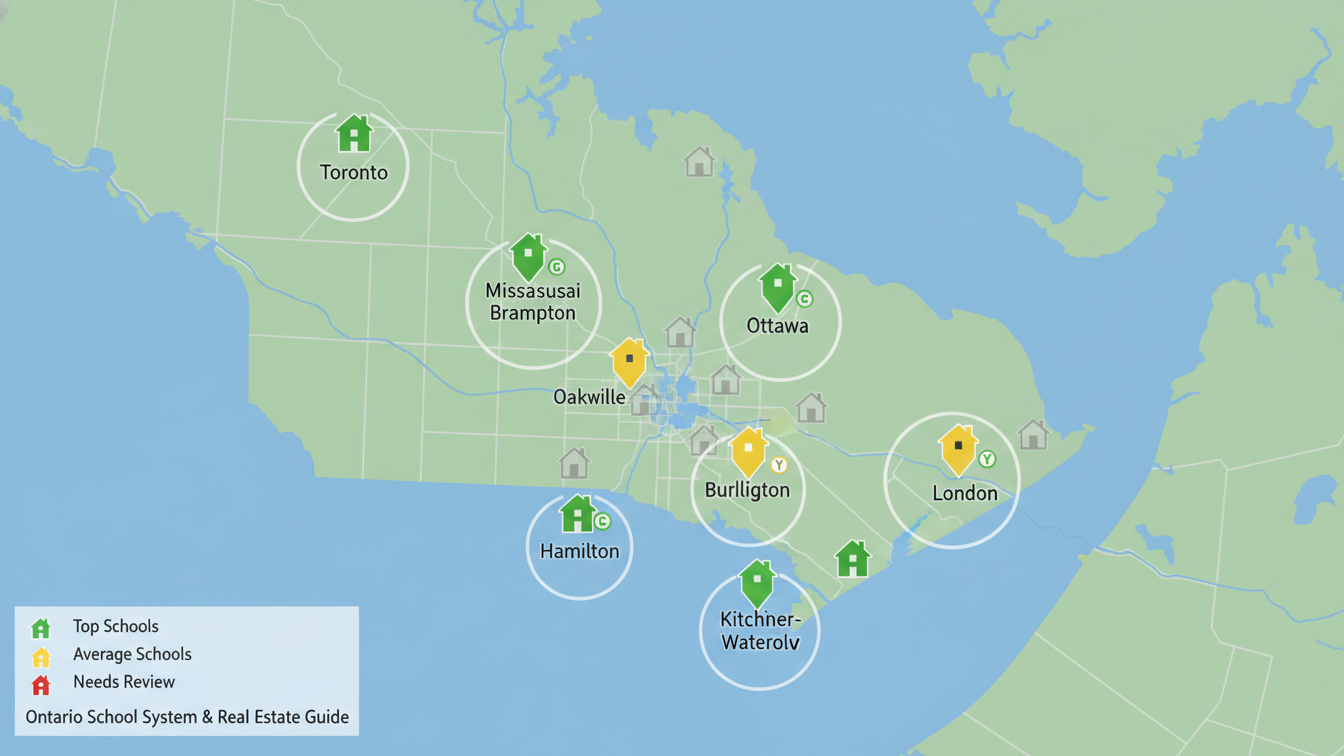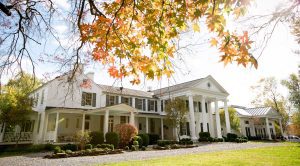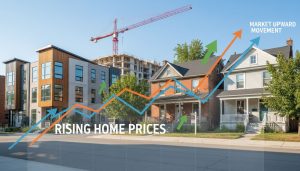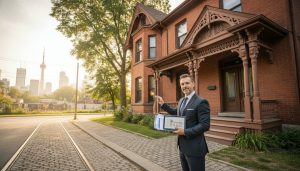How is the school system in different Ontario
cities?
Want the real breakdown of how school systems stack up across Ontario cities? Read this city-by-city comparison and decide where to move.
Fast answer: how Ontario school systems work
Ontario has a common curriculum set by the provincial Ministry of Education. Local delivery varies by school board: public (e.g., Toronto District School Board), Catholic, French-language, and private. That means quality depends on the city, the board, and the neighborhood school—not just the province.
Key keywords: school system Ontario, Ontario cities schools, school boards, public schools, Catholic schools, French immersion, school rankings.
City-by-city comparison (clear, short, action-focused)
-
Toronto: Largest system (TDSB) with huge program variety — IB, arts, gifted, strong French immersion in many neighborhoods. High-performing schools exist, but results vary by district. Expect diversity and specialty programs.
-
Ottawa: Strong bilingual options. Ottawa-Carleton District and Conseil des écoles francophones offer consistent programming. Good for families needing French immersion or federal-employee stability.
-
Mississauga & Brampton (Peel): Peel District is large. Mississauga schools generally rank higher than some Brampton neighbourhoods. Watch for overcrowding in growth zones.
-
Oakville & Burlington (Halton): Among Ontario’s top-performing public schools. High test scores, strong extracurriculars, reliable neighborhood schools.
-
Kitchener-Waterloo: Excellent STEM focus because of the tech sector. Waterloo Region District School Board offers strong French immersion and advanced programs.
-
Hamilton: Mixed results. Strong programs in some neighbourhoods, others show lower outcomes. Check local school data closely.
-
London: Good core programs and vocational options. Not as many specialized tracks as Toronto, but solid overall.
-
Smaller cities (Guelph, Kingston, Windsor): Consistent core skills, stable school boards, fewer specialized options than big cities.
How to judge a school — practical, measurable steps
- Check provincial assessment data and EQAO results for reading, writing, math trends. Look at 3–5 year trends, not one-year spikes.
- Review Fraser Institute school rankings as a quick filter (use cautiously; look deeper after shortlist).
- Confirm program availability: French immersion, IB, Advanced Placement, gifted programs, special education resources.
- Inspect boundaries and future builds: new subdivisions can mean temporary overcrowding and portables.
- Visit the school: one tour beats ten PDFs. Ask about class sizes, extracurriculars, and community vibe.

Why local knowledge matters
Numbers tell part of the story. Neighborhood fit matters most. Schools in the same city can perform very differently by street. That’s where local expertise turns data into a reliable decision.
What to do next (direct call to action)
Get a customized school report for your target address. I’ll map school boundaries, recent EQAO trends, program availability, and likely capacity issues so you make a buying decision with confidence.
Contact Tony Sousa — local realtor and neighbourhood expert:
- Email: tony@sousasells.ca
- Phone: 416-477-2620
- Website: https://www.sousasells.ca
Book a consultation and get a free school fit report for any Ontario address. Move smart. Choose the right neighbourhood for your child’s education.





















